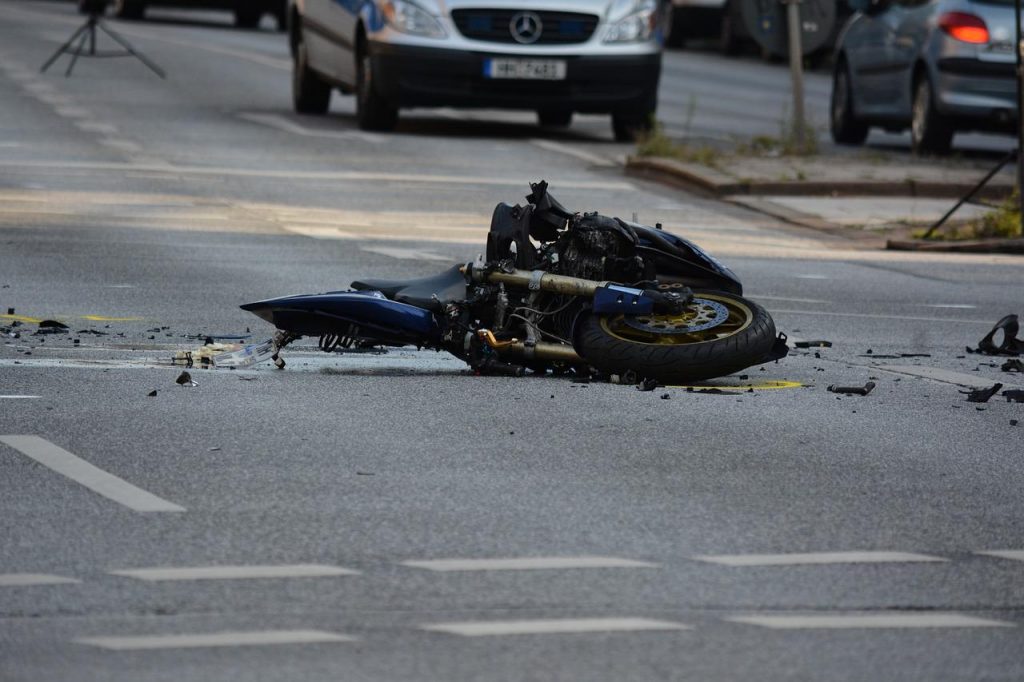The Role of Speed and Weather in Increasing Motorcycle Accident Dangers

Riding a motorcycle feels like freedom. The beautiful roads of Charleston, the wind against your body, and the thrill of speed can be addictive. But this excitement comes with risks. Speed and weather conditions are two major factors that make motorcycle riding in Charleston dangerous. Unlike cars, motorcycles are less stable and offer little protection during a crash. When you mix bad weather and high speed, accidents become more likely and more severe.
Let’s take a closer look at how speed and weather can create dangerous situations and what you can do to stay safe. Consult a motorcycle accident lawyer in Charleston to get an in-depth understanding of the truth of the matter.
How Speed Increases Motorcycle Accident Dangers
1. You Lose Control at High Speeds
The faster you ride, the harder it becomes to control your motorcycle. Motorcycles are much lighter and smaller than cars, which makes them less stable, especially when you’re riding fast. If you hit a sudden bump, a patch of gravel, or a sharp turn, you may lose control. At high speeds, there’s little time to react. A small mistake can lead to a big accident.
2. High Speeds Make Crashes Worse
Speed doesn’t just increase the chance of an accident—it makes the crash more severe. When you ride fast, the impact during a collision is much stronger. This means you are more likely to suffer serious injuries or even lose your life. Studies show that higher speeds increase the risk of fatal crashes for motorcyclists.
3. Braking Becomes Harder
Stopping at high speeds is tricky. The faster you go, the longer it takes to stop. If you’re riding at high speed and a car stops suddenly in front of you, you may not have enough time or space to stop safely. Braking too hard at high speed can also cause your motorcycle to skid, making it even harder to stay upright.
4. Common Speed-Related Accidents
Speeding leads to common accident scenarios. These include losing control while overtaking, sliding on curves, and misjudging distances between vehicles. Lane splitting at high speeds can also be risky since other drivers may not see you coming.
The Effect of Weather on Motorcycle Safety
1. Rain and Wet Roads
Rain makes roads slippery, which reduces the grip your tires have on the surface. Wet roads increase the chances of skidding, especially when you turn, brake, or accelerate. Rain also makes it harder for you and other drivers to see clearly, increasing the risk of accidents.
2. Fog Reduces Visibility
Riding through fog is risky because it limits how far you can see. You may not spot a vehicle, a turn, or an obstacle until it’s too late. Fog also makes it harder for other vehicles to see you, even if your headlights are on.
3. Strong Winds
The wind might not seem dangerous, but strong gusts can destabilize your motorcycle. Crosswinds, especially on open roads or bridges, can push your motorcycle off balance. This is even more dangerous if you’re riding fast or overtaking other vehicles.
4. Snow and Ice
Snow and ice are a motorcyclist’s worst enemies. Frozen roads are incredibly slippery, and your tires can lose all traction. Even experienced riders struggle to control their motorcycles on icy surfaces. Cold temperatures can also make it harder for you to react quickly.
5. Heat and Rider Fatigue
Hot weather can be just as dangerous as rain or snow. Extreme heat can lead to dehydration and fatigue, making it harder to focus on the road. You may lose energy quickly and struggle to react in time if something unexpected happens.
The Combined Effect of Speed and Weather
Speeding in bad weather is a recipe for disaster. When roads are slippery or visibility is poor, riding fast makes everything worse. For instance, if you’re riding too fast in the rain, you’ll have less traction and more trouble stopping. Strong winds combined with high speeds can easily push you off course.
There are countless stories of accidents where speed and weather worked together to create deadly situations. Riders often underestimate how dangerous it is to speed through fog, rain, or wind. The truth is, when weather conditions are poor, slowing down can be the difference between life and death.
Safety Tips to Mitigate Risks
While speed and weather can increase the risks, you can take steps to protect yourself:
1. Adjust Your Speed for the Weather
Always slow down when the weather turns bad. Whether it’s rain, fog, or wind, riding at a slower speed gives you more time to react and helps you stay in control.
2. Wear the Right Gear
Proper gear can keep you safe and comfortable. Wear waterproof clothing, gloves, and boots during rain. Use a helmet with an anti-fog visor to improve visibility. Reflective gear can help other drivers see you in low light.
3. Maintain Your Motorcycle
Check your motorcycle regularly to ensure it’s ready for any weather. Keep your tires in good condition for better grip. Make sure your brakes, lights, and signals are working perfectly.
4. Plan Your Ride
Check the weather forecast before you hit the road. If the conditions look dangerous, consider delaying your ride or choosing a safer route.
5. Improve Your Skills
Defensive riding courses can teach you how to handle bad weather and emergencies. Learning how to brake, turn, and control your motorcycle in different conditions can save your life.
The Wrap-Up!
Riding a motorcycle is exciting, but it comes with serious risks. Speed and bad weather are two major factors that make riding more dangerous. High speeds reduce control, increase braking distances, and make crashes more severe. Meanwhile, rain, fog, wind, and snow create conditions that can challenge even the most experienced riders.
